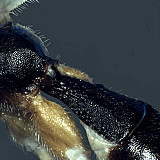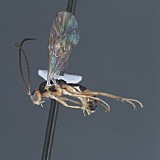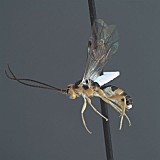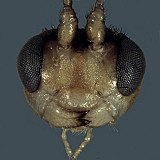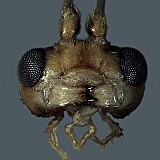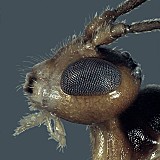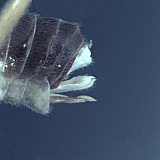Nanium Townes, 1967
There are five valid species as of March, 2011:
Nanium capitatum (Cresson, 1864)
Nanium huberthi Gauld,1997
Nanium mairenai Gauld,1997
Nanium nogueri Gauld,1997
Nanium oriasi Gauld,1997
There is a fair amount of diversity among the undescribed neotropical species that have been accumulating in various museums. A revision of the neotropical genera of Perilissini is badly needed. The above description is based on numerous specimens of Nanium capitatum from various localities in the United States plus several undetermined specimens from Mexico and at least three different species from South America.
There are no specimens currently determined for this OTU, or those specimens determined for this OTU are not yet mappable.
This material is based upon work supported by the National Science Foundation under Grant Number DEB 0328922 with REU supplement DEB 0723663 and RET supplements number 0723663 and 0822676.
Any opinions, findings, and conclusions or recommendations expressed in this material are those of the author(s) and do not necessarily reflect the views of the National Science Foundation.

